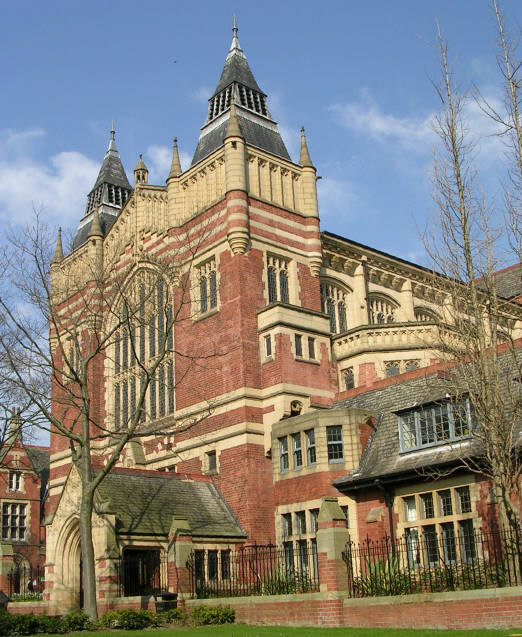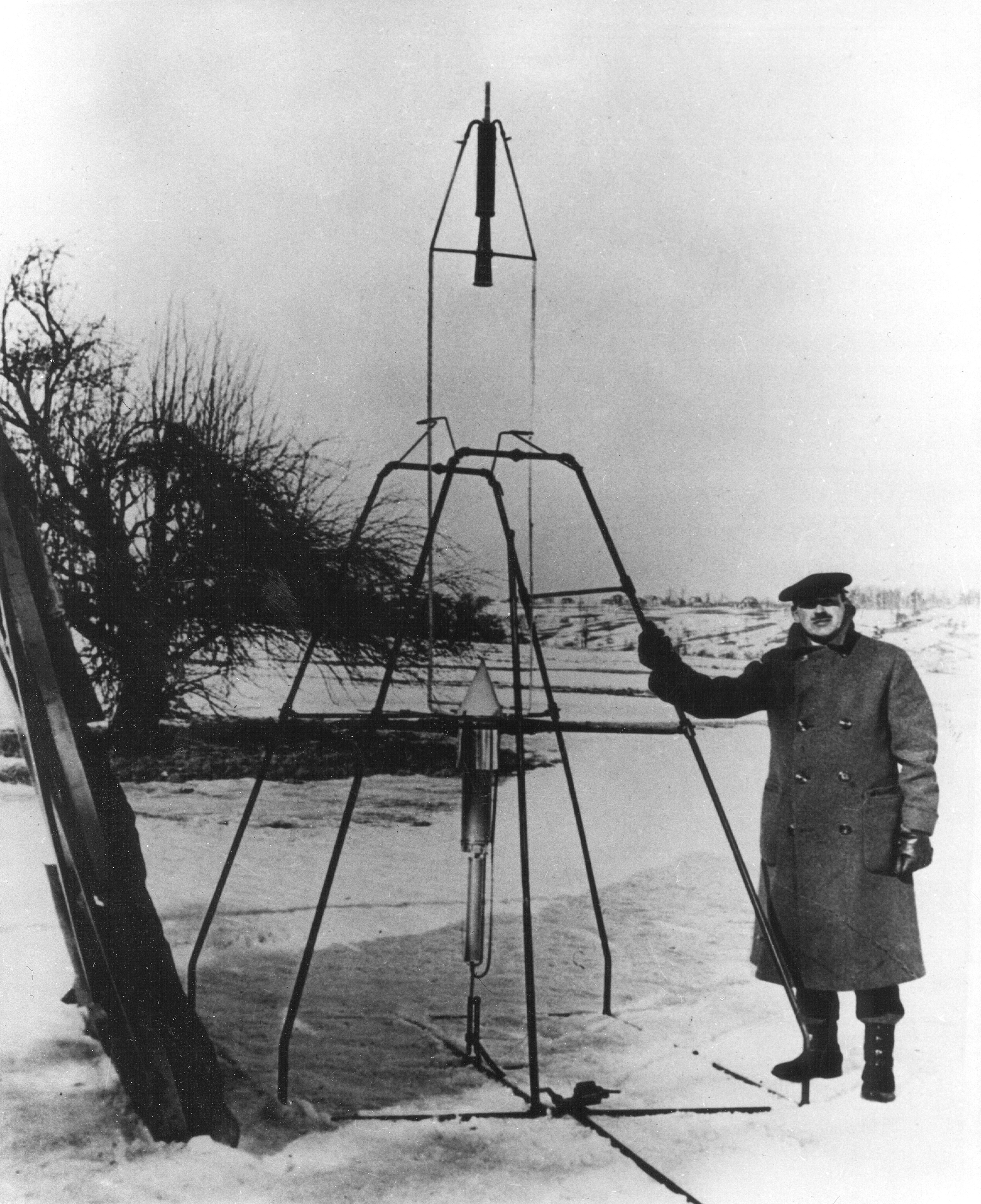|
Edward McWilliam Patterson
Edward McWilliam Patterson, FRSE (30 July 1926 – 5 April 2013) was an English mathematician. He was born in Whitby, North Yorkshire, the son of parents from Northern Ireland, and educated at the local Lady Lumley's school and Leeds University, where he graduated B.Sc in mathematics and was awarded a Ph.D. on the subject of differential geometry. From 1959 to 1951 he was a demonstrator at Sheffield University before moving to St Andrews in to take up a post as lecturer for five years. After three further years as a lecturer in Leeds, he returned to Scotland in 1959 as a senior lecturer at the University of Aberdeen. The same year he was elected a fellow of the Royal Society of Edinburgh. In 1965 he was made professor of mathematics at Aberdeen and in 1974 became head of department, a position he held alternately with Professor John Hubbuck until his retirement in 1989. From 1981 to 1984 he also served as dean of science. His mathematical work was originally geometry-based, and h ... [...More Info...] [...Related Items...] OR: [Wikipedia] [Google] [Baidu] |
Fellow Of The Royal Society Of Edinburgh
Fellowship of the Royal Society of Edinburgh (FRSE) is an award granted to individuals that the Royal Society of Edinburgh, Scotland's national academy of science and Literature, letters, judged to be "eminently distinguished in their subject". This society received a royal charter in 1783, allowing for its expansion. Elections Around 50 new fellows are elected each year in March. there are around 1,650 Fellows, including 71 Honorary Fellows and 76 Corresponding Fellows. Fellows are entitled to use the post-nominal letters FRSE, Honorary Fellows HonFRSE, and Corresponding Fellows CorrFRSE. Disciplines The Fellowship is split into four broad sectors, covering the full range of physical and life sciences, arts, humanities, social sciences, education, professions, industry, business and public life. A: Life sciences * A1: Biomedical and cognitive sciences * A2: Clinical sciences * A3: Organismal and environmental biology * A4: Cell and molecular biology B: Physical, enginee ... [...More Info...] [...Related Items...] OR: [Wikipedia] [Google] [Baidu] |
Leeds University
The University of Leeds is a public research university in Leeds, West Yorkshire, England. It was established in 1874 as the Yorkshire College of Science. In 1884, it merged with the Leeds School of Medicine (established 1831) and was renamed Yorkshire College. It became part of the federal Victoria University in 1887, joining Owens College (which became the University of Manchester) and University College Liverpool (which became the University of Liverpool).Charlton, H. B. (1951) ''Portrait of a University''. Manchester: U. P.; chap. IV In 1904, a royal charter was granted to the University of Leeds by King Edward VII. Leeds is the tenth-largest university in the United Kingdom by total enrolment and receives over 68,000 undergraduate applications per year, making it the fourth-most popular university (behind Manchester, University College London and King's College London) in the UK by volume of applications. Leeds had an income of £1.05 billion in 2023–24, of which ... [...More Info...] [...Related Items...] OR: [Wikipedia] [Google] [Baidu] |
Differential Geometry
Differential geometry is a Mathematics, mathematical discipline that studies the geometry of smooth shapes and smooth spaces, otherwise known as smooth manifolds. It uses the techniques of Calculus, single variable calculus, vector calculus, linear algebra and multilinear algebra. The field has its origins in the study of spherical geometry as far back as classical antiquity, antiquity. It also relates to astronomy, the geodesy of the Earth, and later the study of hyperbolic geometry by Nikolai Lobachevsky, Lobachevsky. The simplest examples of smooth spaces are the Differential geometry of curves, plane and space curves and Differential geometry of surfaces, surfaces in the three-dimensional Euclidean space, and the study of these shapes formed the basis for development of modern differential geometry during the 18th and 19th centuries. Since the late 19th century, differential geometry has grown into a field concerned more generally with geometric structures on differentiable ... [...More Info...] [...Related Items...] OR: [Wikipedia] [Google] [Baidu] |
Sheffield University
The University of Sheffield (informally Sheffield University or TUOS) is a public research university in Sheffield, South Yorkshire, England. Its history traces back to the foundation of Sheffield Medical School in 1828, Firth College in 1879 and Sheffield Technical School in 1884. The University College of Sheffield was subsequently formed by the amalgamation of the three institutions in 1897 and was granted a royal charter as the University of Sheffield in 1905 by King Edward VII. Sheffield is formed from 50 academic departments which are organised into five faculties and an international faculty. The annual income of the institution for 2023–24 was £887.9 million, of which £185.8 million was from research grants and contracts, with an expenditure of £651.4 million. Sheffield is regarded as one of the top engineering universities in Europe. As of the latest HESA statistics, it had the highest engineering research income and expenditure among all the univ ... [...More Info...] [...Related Items...] OR: [Wikipedia] [Google] [Baidu] |
University Of St Andrews
The University of St Andrews (, ; abbreviated as St And in post-nominals) is a public university in St Andrews, Scotland. It is the List of oldest universities in continuous operation, oldest of the four ancient universities of Scotland and, following the universities of University of Oxford, Oxford and University of Cambridge, Cambridge, the third-oldest university in the English-speaking world. St Andrews was founded in 1413 when the Avignon Pope, Avignon Antipope Benedict XIII issued a papal bull to a small founding group of Augustinians, Augustinian clergy. Along with the universities of University of Glasgow, Glasgow, University of Aberdeen, Aberdeen, and University of Edinburgh, Edinburgh, St Andrews was part of the Scottish Enlightenment during the 18th century. St Andrews is made up of a variety of institutions, comprising three colleges — United College, St Andrews, United College (a union of St Salvator's and St Leonard's Colleges), St Mary's College, St Andrew ... [...More Info...] [...Related Items...] OR: [Wikipedia] [Google] [Baidu] |
University Of Aberdeen
The University of Aberdeen (abbreviated ''Aberd.'' in List of post-nominal letters (United Kingdom), post-nominals; ) is a public university, public research university in Aberdeen, Scotland. It was founded in 1495 when William Elphinstone, Bishop of Aberdeen and Chancellor of Scotland, petitioned Pope Alexander VI on behalf of James IV, King of Scots to establish King's College, Aberdeen, King's College, making it one of Scotland's four Ancient universities of Scotland, ancient universities and the List of oldest universities in continuous operation, fifth-oldest university in the English-speaking world. Along with the universities of University of St Andrews, St Andrews, University of Glasgow, Glasgow, and University of Edinburgh, Edinburgh, the university was part of the Scottish Enlightenment during the 18th century. The university as it is currently constituted was formed in 1860 by a merger between King's College, Aberdeen, King's College and Marischal College, a second un ... [...More Info...] [...Related Items...] OR: [Wikipedia] [Google] [Baidu] |
Royal Society Of Edinburgh
The Royal Society of Edinburgh (RSE) is Scotland's national academy of science and letters. It is a registered charity that operates on a wholly independent and non-partisan basis and provides public benefit throughout Scotland. It was established in 1783. , there are around 1,800 Fellows. The Society covers a broader range of fields than the Royal Society of London, including literature and history. The Fellowship includes people from a wide range of disciplines: science and technology, arts, humanities, medicine, social science, business, and public service. History At the start of the 18th century, Edinburgh's intellectual climate fostered many clubs and societies (see Scottish Enlightenment). Though there were several that treated the arts, sciences and medicine, the most prestigious was the Society for the Improvement of Medical Knowledge, commonly referred to as the Medical Society of Edinburgh, co-founded by the mathematician Colin Maclaurin in 1731. Maclaurin was u ... [...More Info...] [...Related Items...] OR: [Wikipedia] [Google] [Baidu] |
Lie Algebra
In mathematics, a Lie algebra (pronounced ) is a vector space \mathfrak g together with an operation called the Lie bracket, an alternating bilinear map \mathfrak g \times \mathfrak g \rightarrow \mathfrak g, that satisfies the Jacobi identity. In other words, a Lie algebra is an algebra over a field for which the multiplication operation (called the Lie bracket) is alternating and satisfies the Jacobi identity. The Lie bracket of two vectors x and y is denoted ,y/math>. A Lie algebra is typically a non-associative algebra. However, every associative algebra gives rise to a Lie algebra, consisting of the same vector space with the commutator Lie bracket, ,y= xy - yx . Lie algebras are closely related to Lie groups, which are groups that are also smooth manifolds: every Lie group gives rise to a Lie algebra, which is the tangent space at the identity. (In this case, the Lie bracket measures the failure of commutativity for the Lie group.) Conversely, to any finite-di ... [...More Info...] [...Related Items...] OR: [Wikipedia] [Google] [Baidu] |
Makdougall Brisbane Prize
The Royal Society of Edinburgh (RSE) is Scotland's national academy of science and letters. It is a registered charity that operates on a wholly independent and non-partisan basis and provides public benefit throughout Scotland. It was established in 1783. , there are around 1,800 Fellows. The Society covers a broader range of fields than the Royal Society of London, including literature and history. The Fellowship includes people from a wide range of disciplines: science and technology, arts, humanities, medicine, social science, business, and public service. History At the start of the 18th century, Edinburgh's intellectual climate fostered many clubs and societies (see Scottish Enlightenment). Though there were several that treated the arts, sciences and medicine, the most prestigious was the Society for the Improvement of Medical Knowledge, commonly referred to as the Medical Society of Edinburgh, co-founded by the mathematician Colin Maclaurin in 1731. Maclaurin was unha ... [...More Info...] [...Related Items...] OR: [Wikipedia] [Google] [Baidu] |
London Mathematical Society
The London Mathematical Society (LMS) is one of the United Kingdom's Learned society, learned societies for mathematics (the others being the Royal Statistical Society (RSS), the Institute of Mathematics and its Applications (IMA), the Edinburgh Mathematical Society and the Operational Research Society (ORS). History The Society was established on 16 January 1865, the first president being Augustus De Morgan. The earliest meetings were held in University College London, University College, but the Society soon moved into Burlington House, Piccadilly. The initial activities of the Society included talks and publication of a journal. The LMS was used as a model for the establishment of the American Mathematical Society in 1888. Mary Cartwright was the first woman to be President of the LMS (in 1961–62). The Society was granted a royal charter in 1965, a century after its foundation. In 1998 the Society moved from rooms in Burlington House into De Morgan House (named after t ... [...More Info...] [...Related Items...] OR: [Wikipedia] [Google] [Baidu] |
1926 Births
In Turkey, the year technically contained only 352 days. As Friday, December 18, 1926 ''(Julian Calendar)'' was followed by Saturday, January 1, 1927 '' (Gregorian Calendar)''. 13 days were dropped to make the switch. Turkey thus became the last country to officially adopt the Gregorian Calendar, which ended the 344-year calendrical switch around the world that took place in October, 1582 by virtue of the Papal Bull made by Pope Gregory XIII. Events January * January 3 – Theodoros Pangalos declares himself dictator in Greece. * January 8 **Ibn Saud is crowned ruler of the Kingdom of Hejaz. ** Crown Prince Nguyễn Phúc Vĩnh Thuy ascends the throne as Bảo Đại, the last monarch of the Nguyễn dynasty of the Kingdom of Vietnam. * January 16 – A British Broadcasting Company radio play by Ronald Knox about workers' revolution in London causes a panic among those who have not heard the preliminary announcement that it is a satire on broadcasting. * January 21 ... [...More Info...] [...Related Items...] OR: [Wikipedia] [Google] [Baidu] |





